NEWS
Debt Exploded Under Trump – Is Bidenomics Any Different?
Published
9 months agoon

Shutterstock
Under Trump, the national debt soared to unprecedented heights, raising alarms about America’s fiscal future. Now, with Bidenomics in full swing, many are questioning whether President Biden’s economic strategies will chart a new course or follow the same perilous path. As debates rage and policies unfold, the stakes couldn’t be higher for the nation’s economic stability. Dive into an in-depth analysis of debt trends under Trump and Biden to understand if real change is on the horizon.
Biden’s Tax Reform Proposals
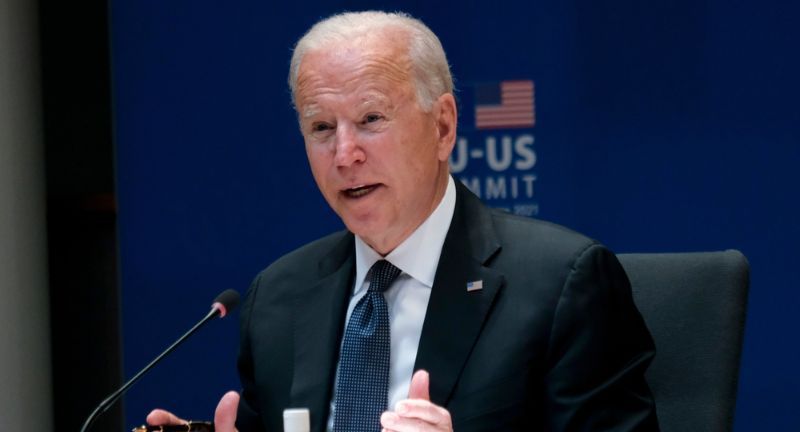
Shutterstock
President Biden has introduced comprehensive tax reforms designed to boost government revenue by imposing higher taxes on wealthier individuals and corporations. These reforms aim to support his administration’s ambitious spending initiatives and address the national debt. The success of these proposals in curbing debt growth depends on their passage through a divided Congress and their effects on the broader economy.
Tax Policy and Revenue Under Trump

Shutterstock
The substantial tax cuts implemented during Trump’s administration, especially for corporations and affluent individuals, resulted in a reduction of federal revenue as a proportion of GDP. Although proponents claimed these cuts would stimulate economic growth, the expected increase in economic activity was insufficient to counterbalance the loss in revenue. Consequently, this led to an expanded federal deficit and a rise in the national debt. Critics contend that this tax policy heightened income inequality without providing significant economic advantages to the broader population.
Biden’s Emphasis on Sustainable Economic Growth

Shutterstock
The Biden administration is prioritizing sustainable economic growth through investments in green energy, technology, and infrastructure. These initiatives aim to strengthen the economy’s resilience against future challenges, such as climate change and technological disruptions. Although these investments necessitate considerable initial spending, the administration contends that they will yield long-term economic advantages and increased federal revenues, which could help to stabilize or decrease the national debt over time.
Trump’s Deregulation Efforts

Shutterstock
The Trump administration concentrated on deregulation, particularly within the energy and environmental sectors, aiming to lower operational expenses for businesses and boost economic growth. Although these initiatives were commended by certain business groups, they also sparked worries about possible long-term environmental and health repercussions, which could indirectly affect the economy and national debt.
Biden’s Approach to Taxation and Revenue

Shutterstock
President Biden, in contrast to Trump’s tax cuts, has proposed tax increases on corporations and individuals earning over $400,000 to support his expansive plans for social programs and infrastructure development. This strategy seeks to more equitably distribute the tax burden and generate additional revenue to address the deficit and fund new initiatives. Despite the goal of mitigating debt growth by boosting federal income, these proposals encounter significant opposition, highlighting the political difficulties of tax policy reform.
Increase in National Debt During Trump’s Presidency
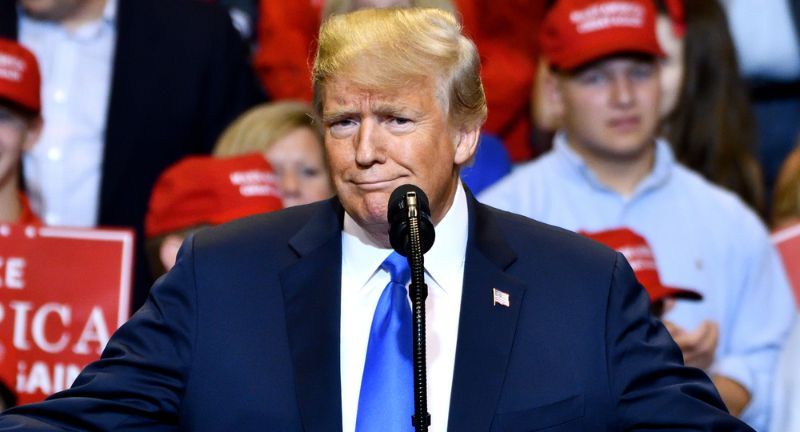
Shutterstock
During President Trump’s tenure, the national debt surged by about $7.7 trillion. A significant factor was the Tax Cuts and Jobs Act of 2017, designed to boost economic growth by lowering corporate and personal tax rates. Additionally, the administration escalated defense spending. Although these measures aimed to strengthen the economy, they substantially raised the federal deficit, resulting in a higher-than-expected national debt. This outcome contrasts with Trump’s campaign promises to decrease or eliminate the national debt.
Biden’s Pandemic Relief Efforts
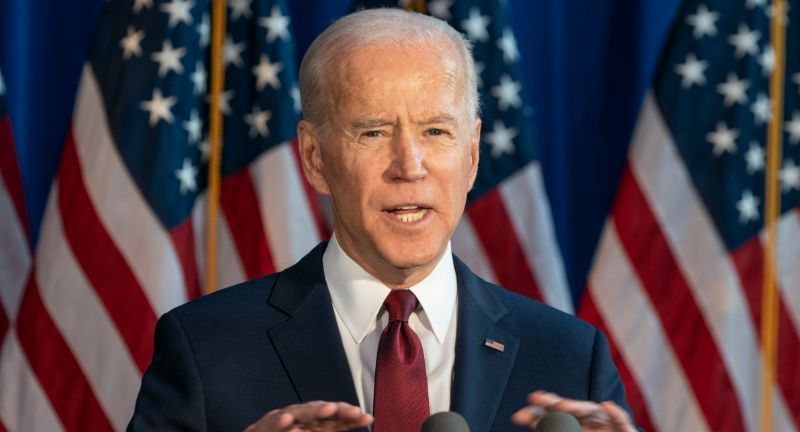
Shutterstock
The Biden administration’s initial emphasis on pandemic relief, especially through the American Rescue Plan, was aimed at delivering extensive support to the American public and economy. This substantial influx of funds was crucial for immediate economic stabilization but contributed to the national debt. The administration contends that the long-term advantages, such as averting economic collapse and fostering recovery, outweigh the downside of increased debt.
Trade Policies and the Debt Under Trump

Shutterstock
The administration under Trump initiated bold trade policies, introducing tariffs on imports from China and other countries. These actions aimed to decrease the trade deficit and safeguard American industries. Although these strategies induced some immediate economic effects, they also caused higher costs for American businesses and consumers and triggered retaliatory tariffs on U.S. exports. The impact on the national debt was multifaceted, as these policies did not directly tackle debt reduction but could influence economic growth and government revenues.
Biden’s Infrastructure and Social Spending
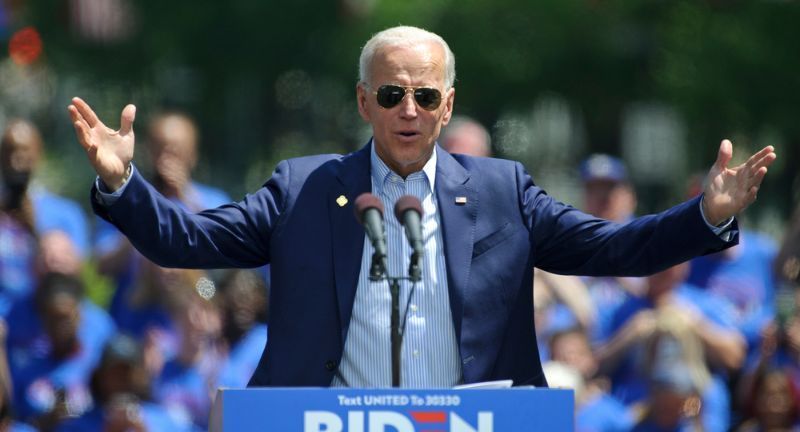
Shutterstock
President Biden has advocated for substantial investments in infrastructure and social welfare programs, targeting long-standing issues such as inequality and outdated infrastructure. Key initiatives include the Infrastructure Investment and Jobs Act and proposals to increase funding for healthcare and education. While these investments are expected to boost economic growth and enhance competitiveness, they also require considerable government expenditure, leading to discussions about their potential effects on the national debt and fiscal sustainability.
Interest Rate Concerns Under Trump
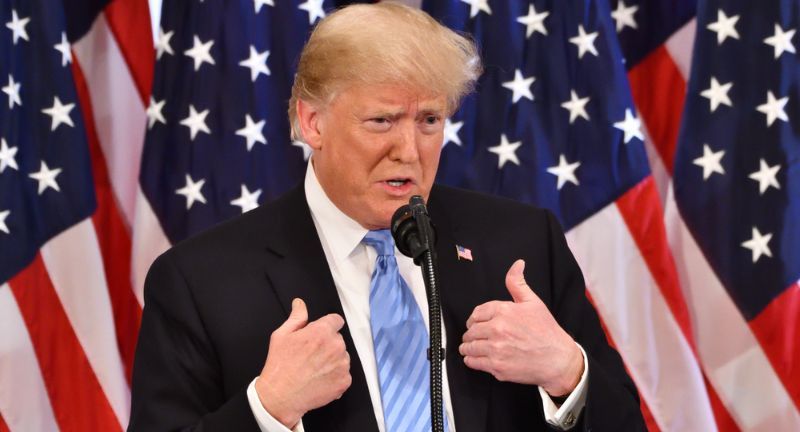
Shutterstock
During the Trump administration, the United States experienced historically low interest rates, which made borrowing more affordable and helped fund government deficits. These low rates enabled the implementation of expansive fiscal policies without immediate impacts on debt servicing costs. However, this reliance on low interest rates did not tackle the long-term sustainability of the increasing national debt, raising concerns about future fiscal policy flexibility and the overall resilience of the economy.
Economic Stimulus During the Trump Era

Shutterstock
The economic stimulus strategy under the Trump administration centered on reducing taxes and boosting government spending, with a particular focus on defense and infrastructure. These policies intended to drive economic growth but also led to a substantial increase in the federal deficit and national debt. The administration claimed that economic expansion would mitigate the debt impact of these policies, though this assertion was contested by economists.
Biden’s Strategy for Managing National Debt

Shutterstock
President Joe Biden’s approach to managing the national debt focuses on balancing essential spending for economic recovery and infrastructure development with initiatives to boost revenue and foster sustainable growth. This strategy demonstrates a dedication to investing in America’s future while responsibly handling the national debt, despite the challenging political environment that complicates these efforts.
Infrastructure Spending Under Trump

Shutterstock
President Trump often emphasized the importance of investing in infrastructure, suggesting numerous plans designed to boost private sector participation via public-private partnerships and deregulation. Nonetheless, a full-scale infrastructure package did not come to fruition during his time in office, resulting in missed chances for economic growth that might have contributed to managing the rising national debt.
Biden’s Infrastructure Investment
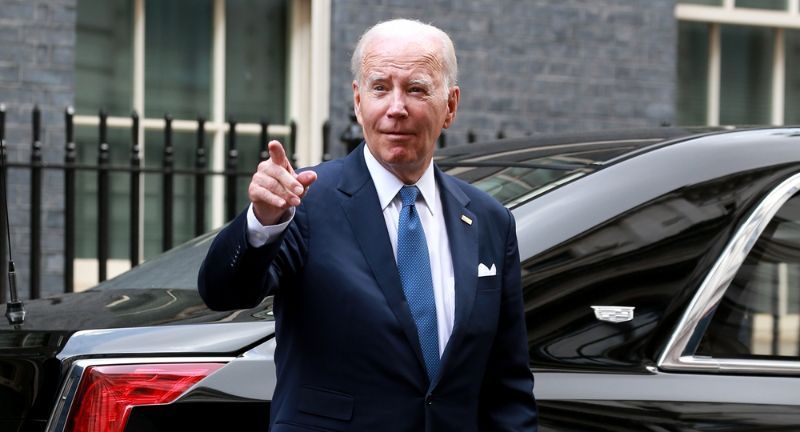
Shutterstock
President Biden achieved success where Trump faced challenges, managing to pass a historic infrastructure bill that dedicates over $1 trillion to modernizing and expanding the nation’s infrastructure. This significant investment is anticipated to enhance economic productivity and competitiveness, promising long-term economic gains that could mitigate the costs and influence on the national debt.
COVID-19 Impact Under Biden

Shutterstock
When President Biden took office, he was met with the daunting task of stabilizing an economy that had been severely affected by the COVID-19 pandemic. To address this, his administration introduced the American Rescue Plan, a significant relief effort that infused $1.9 trillion into the economy. This plan aimed to provide direct financial aid to individuals, businesses, and state and local governments. Although these measures were critical for economic recovery, they also significantly increased the national debt. Nonetheless, they were considered necessary to prevent a more severe economic downturn.
Debt Ceiling Talks During Trump’s Term

Shutterstock
Negotiations over the debt ceiling during Trump’s presidency showcased the political complexities of handling the national debt. These discussions frequently led to impasses that jeopardized economic stability. The outcomes were often temporary fixes that failed to tackle the root fiscal issues, highlighting the struggle to secure long-term debt reduction amid a politically divided landscape.
Conclusion

Shutterstock
The fiscal policies of Presidents Trump and Biden have each contributed uniquely to the trajectory of the national debt, reflecting their distinct economic philosophies and the challenges of their respective times. While Trump’s tax cuts and deregulatory measures aimed at stimulating growth added significantly to the debt, Biden’s ambitious spending on pandemic relief and infrastructure sought to lay the groundwork for long-term economic resilience, also at the cost of increasing the debt. This exploration underscores the complexity of managing national finances, highlighting the delicate balance between fostering economic growth and maintaining fiscal responsibility in the face of ever-evolving global and domestic challenges.
More From Financially+
-


25 Retirement Spots for Those Who Love the Great Outdoors
-


16 Signs Someone Is Way More Broke Than They Seem
-


20 Policies Conservatives Support That Are Wrecking The Middle Class
-


25 U.S. Cities Perfect for Car-Free Living
-


25 Conversation Tricks to Help You Radiate Confidence
-


20 Wild 1980’s Norms That Would Cause an Uproar Today
-


17 Iconic Stores That Have Faded from the Spotlight
-


30 Hot Home Decor Trends to Transform Your Space in…
-


22 Essentials From Trader Joe’s for Every Food Lover
